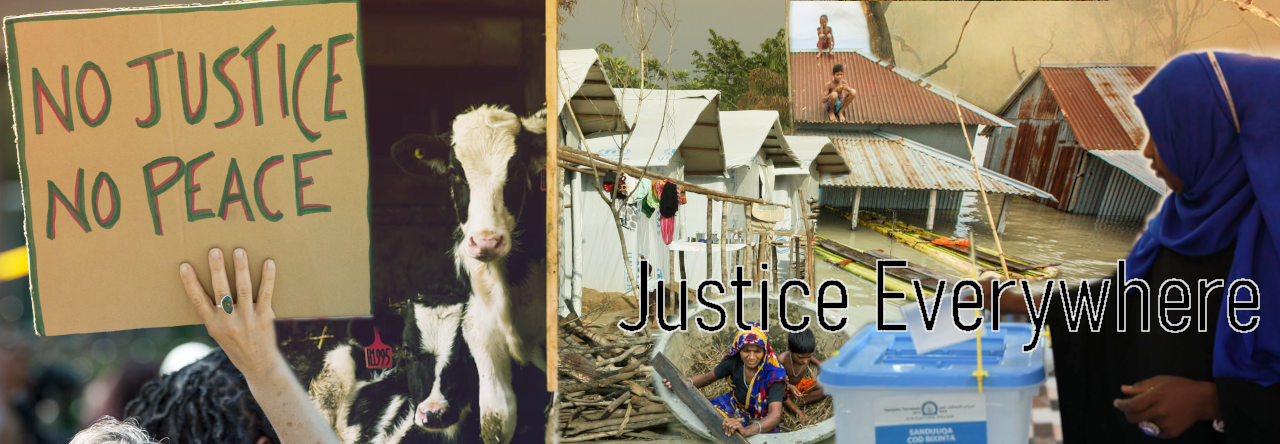ARE NUDGES FAILING VULNERABLE POPULATIONS?
In this post, Viviana Ponce de León Solís discusses her article recently published in the Journal of Applied Philosophy on how nudging interventions can have uneven effects on low-income individuals, potentially worsening inequalities.

Nudges can be powerful tools for influencing behavior, but their impact on vulnerable populations—especially low-socioeconomic status groups (SES)—remains a topic of debate. Research reveals three possible outcomes: these groups may respond more strongly, less strongly, or similarly to nudges compared to the general population. While the type of nudge—cognitive, affective, or behavioral—matters, the real key to success lies in the intervention’s design and its ability to address the unique barriers faced by the target audience. Without careful consideration, “one-size-fits-all” nudges risk deepening inequalities or stigmatizing vulnerable communities.
(more…)






